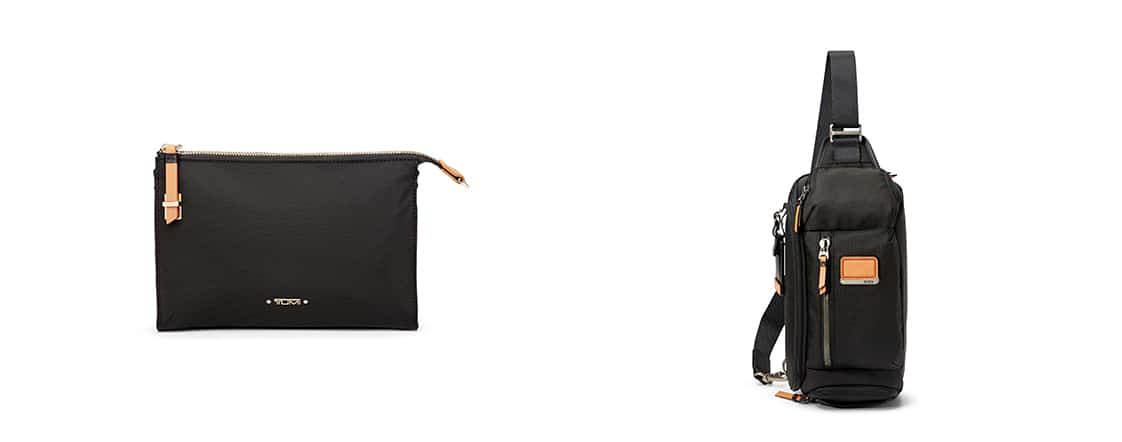TUMI LAUNCHES CAPSULE COLLECTION MADE WITH RECYCLED FIBERS


For this new line, Tumi is now putting recycled nylon to the test. With the brand’s new Recycled Capsule, Tumi has found a balance of recycled and virgin materials, bringing to market a bag made from 70 percent recycled content that will support and endure a customer’s journey.
The Tumi Recycled capsule will include beloved styles from the brand’s men’s Alpha Bravo collection and women’s Voyageur collection, each made from post-industrial and post-consumer waste material that would otherwise go into a landfill. From the Alpha Bravo Collection comes three styles, the London Roll Top Backpack, the Nellis Backpack, and the Kelley Sling. The collection retails between $75 and $425.

“At Tumi, we have a strong commitment to the environment and to giving back to our communities. We constantly seek opportunities to increase the sustainability of our products by using more responsible and environmentally-friendly materials,” added Christine Riley Miller, director of sustainability, Samsonite LLC, parent company of Tumi. “Our long-term ambition is to reduce our carbon footprint through a global strategy aimed at reducing our greenhouse gas emissions, energy consumption and waste.”








